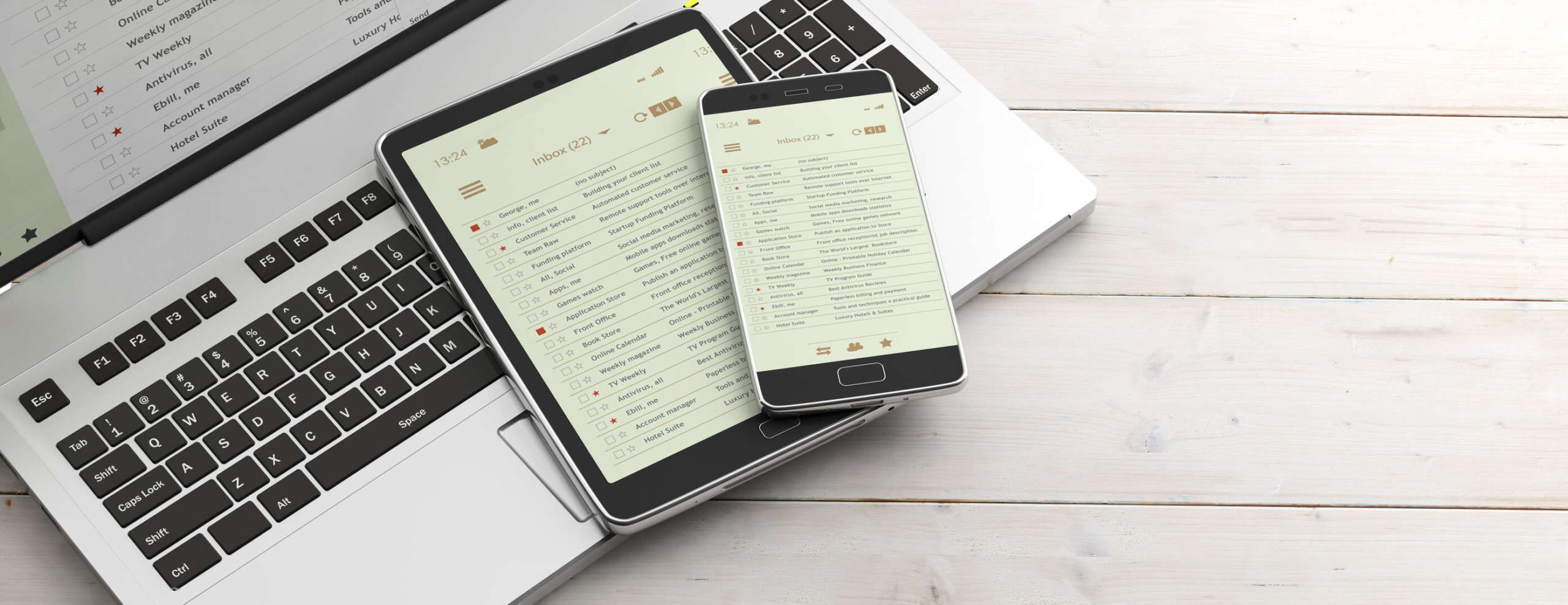Customers deserve your attention. If you start neglecting your customers, then they’ll disperse to your competitors. On the other hand, if you send too many emails, then people will unsubscribe from your emailing list.
How do you strike the right balance? It will be different for B2C businesses than for B2B. Here are 7 types of follow-up emails that help improve customer loyalty in either case:
1. Welcome Back Email
“It’s important to send a follow-up to keep customers in the loop,” says writing professional Ty Nelson. “By writing a welcome email—or, in many cases, the ‘activation’ email—you’re extending your communication with them by guiding them into taking the next step in interacting with your brand. You can either tie the ‘welcome’ message and activation points together in one email or make them two separate ones.”
2. Drip Sequences
When nurturing relationships with current customers, you’ll need to send your follow-up emails in “drips.” Drip sequences (or lead nurturing emails) can be scheduled at a cadence your company may see fit. This works well for regular product updates.
Keep the content fresh, current, and relevant…and brief!
3. Feedback Requests
It’s important to let customers’ voices be heard when discussing a product or service. So, in a follow-up email, invite recipients to offer feedback on the following:
- What they like about a product or service, AND
- How the company can improve its products or services
This follow-up email can be formatted as any of the following:
- A short survey with multiple-choice questions
- A written response
- A poll
4. Testimonial Requests
Testimonials allow existing customers to talk about the product/service and recommend it to other people. Just send customers a sweet “thank you” message, and then encourage them to leave a public review. From there, customers can talk about a product or service in as much detail as possible— Who knows? They might become your next social media influencer!
Much like requesting feedback from your shoppers, testimonials can be especially powerful, since they give your products more humanity—or, a “human face” to your company. Also, potential customers would rather hear from their peers than your marketing department.
5. Non-Promo Appreciation
Customers love to feel appreciated. Appreciation emails can be fun and exciting; however, don’t spoil the appreciation by bombarding your existing customers with discounts, special offers, etc. The point of an appreciation email is to appreciate.
One way to show your appreciation is to give existing customers a sneak peek into a new product you are introducing, even an early exclusive offer. Another way is to invite your customers to beta test and give feedback for new products or features.
6. Re-engagement
“Sometimes, subscribers will shy away from opening your emails,” says Thomas Little, a customer support expert. “In that case, re-engage your current email recipients. Chances are, your email will have customers realize that they need your brand again. Just keep in mind: Don’t force recipients to be re-engaged, or else you’ll scare them off.”
7. Personalized Attention
Finally, as mentioned before, customers want to feel special when they follow a brand. However, they want to feel special in their own ways. In other words, there’s no one-size-fits-all approach to treating customers with special offers.
The good news is, emails can be personalized based on your customer’s unique needs. For B2B customers, refer back to a recently submitted ticket and be proactive about other needs or issues they may be experiencing. Send a new Knowledge Base article with a personal note. Offer a free registration to an upcoming industry conference you are sponsoring or speaking at.
Conclusion
Ultimately, existing customers need to be treated with the upmost respect, especially when you’re looking forward to selling them more when the time is right. That’s why it’s important to keep the right balance between relevant communications that keep your current customers in the know and too many emails that make them feel like you are crowding their inbox.
By taking these seven follow-up emails into account, your company will be able to keep your existing customers happy, while keeping them engaged with your brand.

|
About Lauren Groff Lauren Groff is a writer and editor at Coursework Writing and Do My Assignment. She is also a blogger at Lia Help. As a professional writer, she writes articles about customer support and email marketing. |
Looking For Startup Consultants ?
Call Pursho @ 0731-6725516
Telegram Group One Must Follow :
For Startups: https://t.me/daily_business_reads







